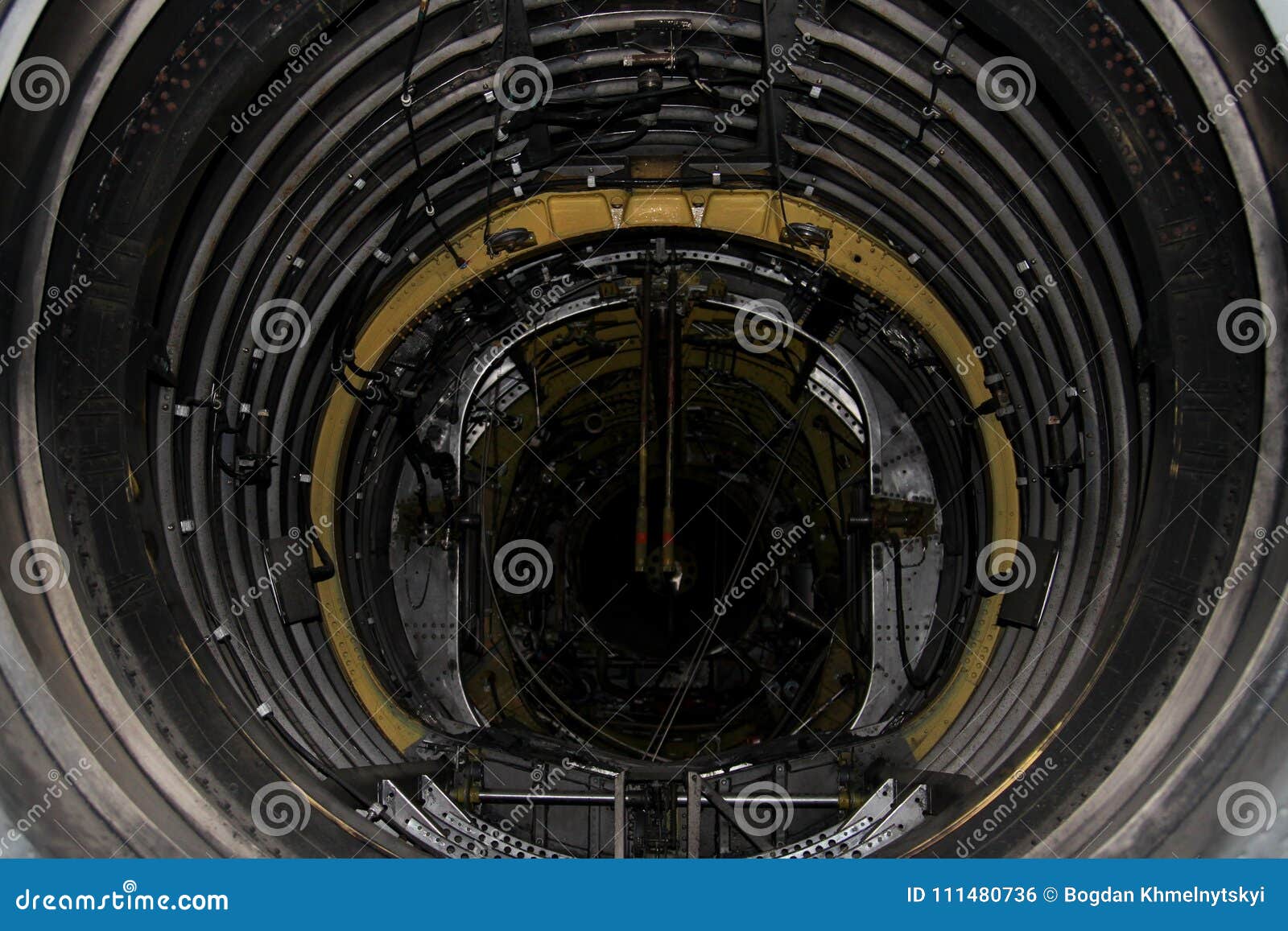The Large Hadron Collider (LHC), an engineering marvel located at CERN on the Swiss-French border, stands as the most powerful particle accelerator ever constructed. Its primary objective is to unearth the fundamental building blocks of matter and to delve into the intricacies of the universe. But what if one was to hypothetically find themselves inside the LHC? This exploration offers an intriguing intersection of theoretical physics and imaginative contemplation.
Upon entering the cavernous structure of the LHC, the first sensation would be the overwhelming scale and the sheer enormity of the machinery. The LHC spans approximately 17 miles in circumference, encircling the area within an underground tunnel situated around 100 meters below the surface. The visual stimuli would be striking, with vast, intricate networks of superconducting magnets and detectors interwoven in a tapestry of technology and scientific pursuit. Yet, it is the profundity of what can occur in that environment that warrants particular scrutiny.
Understanding the operational principles of the LHC is essential to envisage what being within it entails. The collider operates on the principle of particle acceleration, using electromagnetic fields to propel protons nearly to the speed of light. As these protons collide, they enable the conditions required to produce phenomena not ordinarily observable. Entering this realm means occupying a space where relativistic physics reigns, showcasing time dilation and effects governed by Einstein’s theory of relativity. In this context, the sensation of time would be distorted; mere seconds could feel like aeons as a result of relativistic effects, especially in proximity to particles moving at such extreme velocities.
Additionally, one would have to contend with the elaborate systems designed to maintain ultra-high vacuum conditions. Within the LHC, the air is nearly devoid of matter to prevent the protons from colliding with oxygen or nitrogen molecules, which would otherwise dissipate their energy. If, hypothetically, a person were to be present inside the collider during active operations, they would be subject to immediate deployment of stringent safety protocols, primarily due to the lethal environment of high-energy physics. The presence of ionizing radiation becomes critical; particles emitted during collisions can lead to radiation exposure that is detrimental, if not fatal, to biological organisms.
The ramifications of exposure to high-energy particle collisions are profound. Massive amounts of energy are released during these events, occasionally resulting in the creation of exotic particles, such as the Higgs boson, which was famously detected in 2012. If an individual were unwittingly exposed to such a collision, the biological consequences would be dire. Cell mutations induced by radiation exposure could lead to acute radiation sickness, tumor formation, or immediate cellular death, demonstrating the lethal nature of high-energy environments.
Moreover, the experience of being inside the collider would also evoke feelings of surrealism, juxtaposed against the backdrop of groundbreaking discoveries. Imagine experiencing the ephemeral manifestations of particle decay as they occur in real-time. The ephemeral trails of debris left behind by collisions, while imperceptible to the naked eye, might invoke a profound sense of connection to the fabric of existence itself, however fleeting.
Furthermore, the sensory experiences within the LHC would be an amalgamation of auditory and visual stimuli. One would encounter the soft whirring and humming of the cooling systems and the resonance of electrical systems operating at the nanoscale. Fluorescent lights would flicker amidst the shadows cast by extensive machinery, illuminating the labyrinthine corridors that house this pioneering research facility. The visual spectacle of particle tracks observed via sophisticated detectors is an artistry of nature, a silent dialogue between the cosmos and humankind’s quest for knowledge.
In addition to the immediate physical phenomena, consider the implications of being a part of this scientific endeavor. The LHC serves as a nexus for physicists worldwide. Should an individual find themselves here, there would be an inherent blend of excitement and curiosity pervading the air, resulting in vibrant discussions regarding quantum mechanics, dark matter, and the forces that govern the universe. The intellectual exchange among researchers could spark innovative avenues of thought that may lead to future breakthroughs.
Conversely, the realization of being embedded in an experimental environment presents ethical implications, necessitating a contemplation of the responsibilities of scientific exploration. Engaging with the unknown instills a sense of reverence for the pursuit of knowledge, yet raises questions about the potential consequences of such power. Events like the LHC are extraordinary for their potential to elucidate the universe’s mysteries, yet they also require careful navigation to ensure that the pursuit remains on a path of enlightenment rather than peril.
In conclusion, being inside the Large Hadron Collider transcends the simple act of presence; it evokes a multi-faceted experience that combines awe and respect for advanced scientific inquiry. From the physical risks associated with the collider’s operations to the sensory and intellectual engagement it incites, the implications are vast. The LHC represents not just a technological marvel but signifies humanity’s relentless ambition to unveil the cosmic tapestry that binds every atom and particle. While the hypothetical scenario of being inside the collider may remain confined to the realms of imagination, it serves as a potent reminder of the delicate balance between exploration and the ethical considerations that accompany the quest for knowledge.












